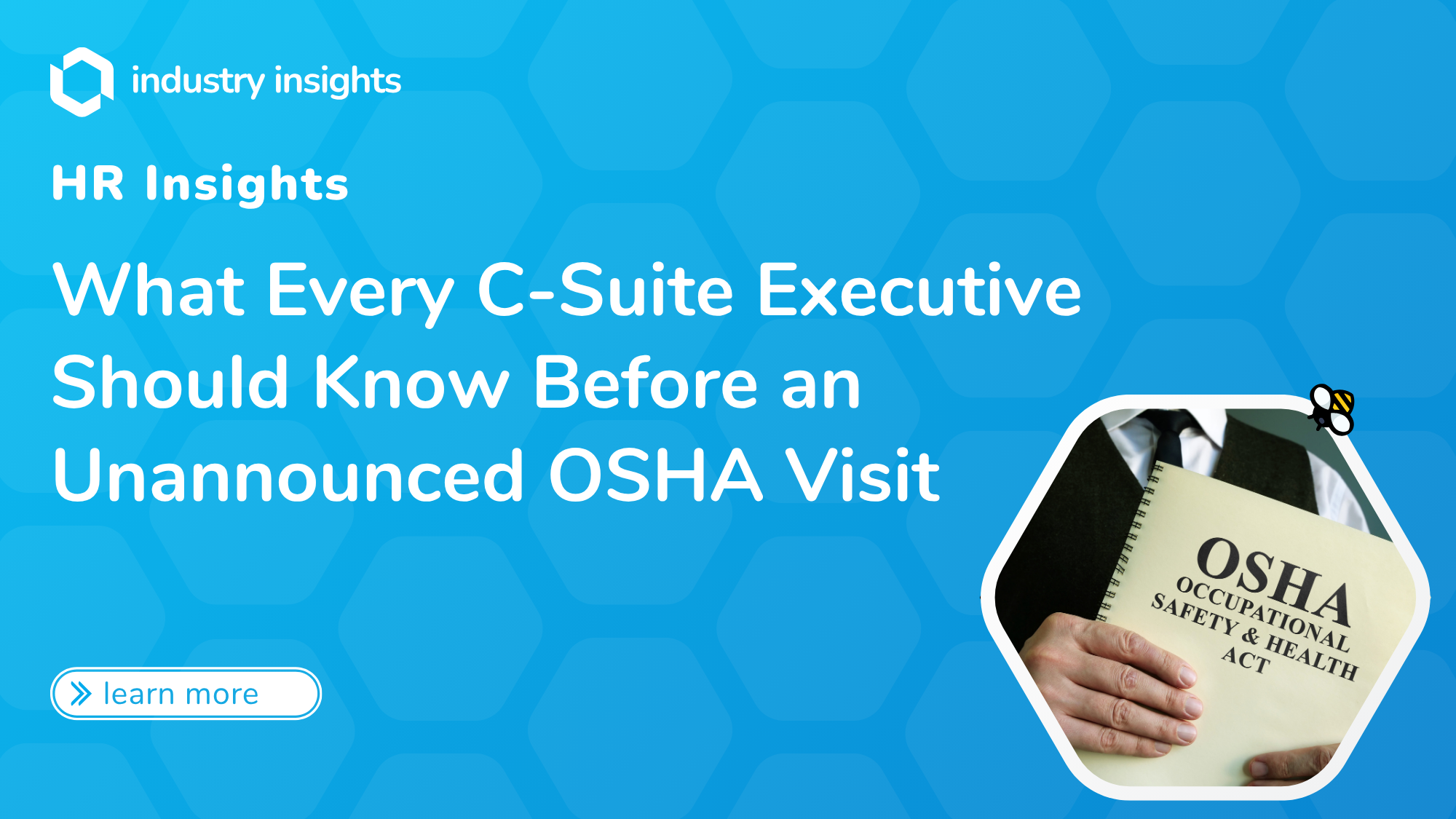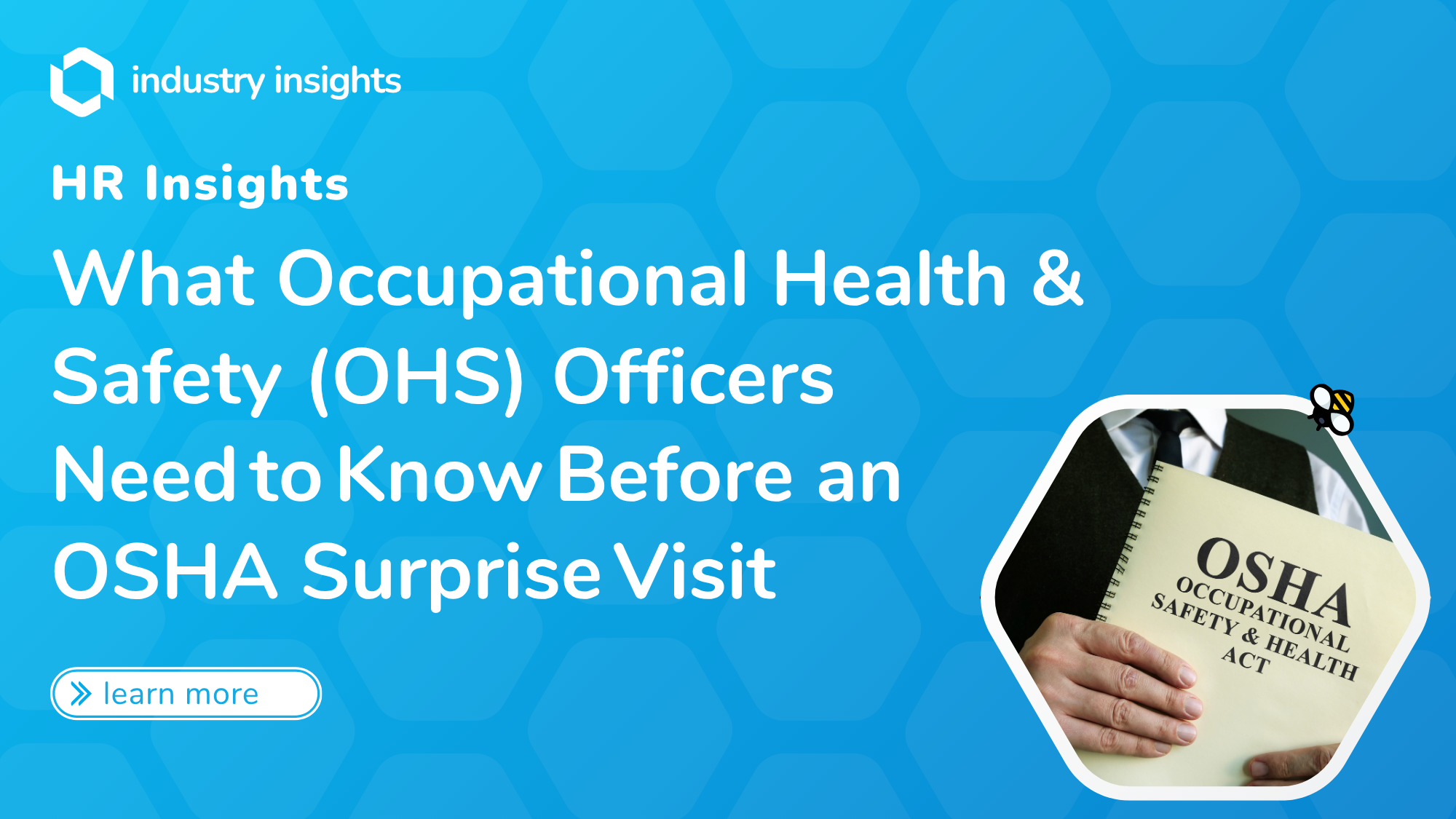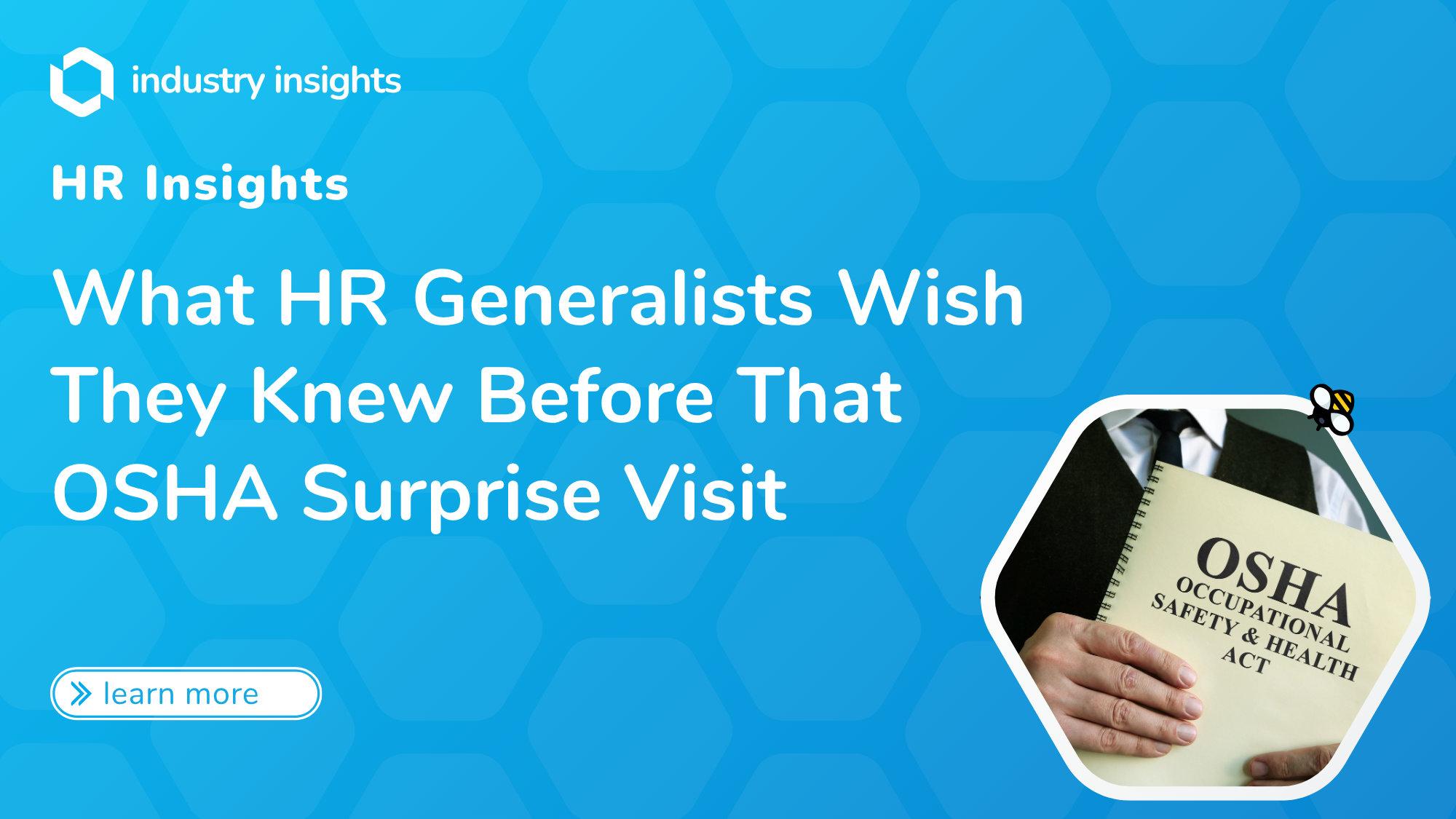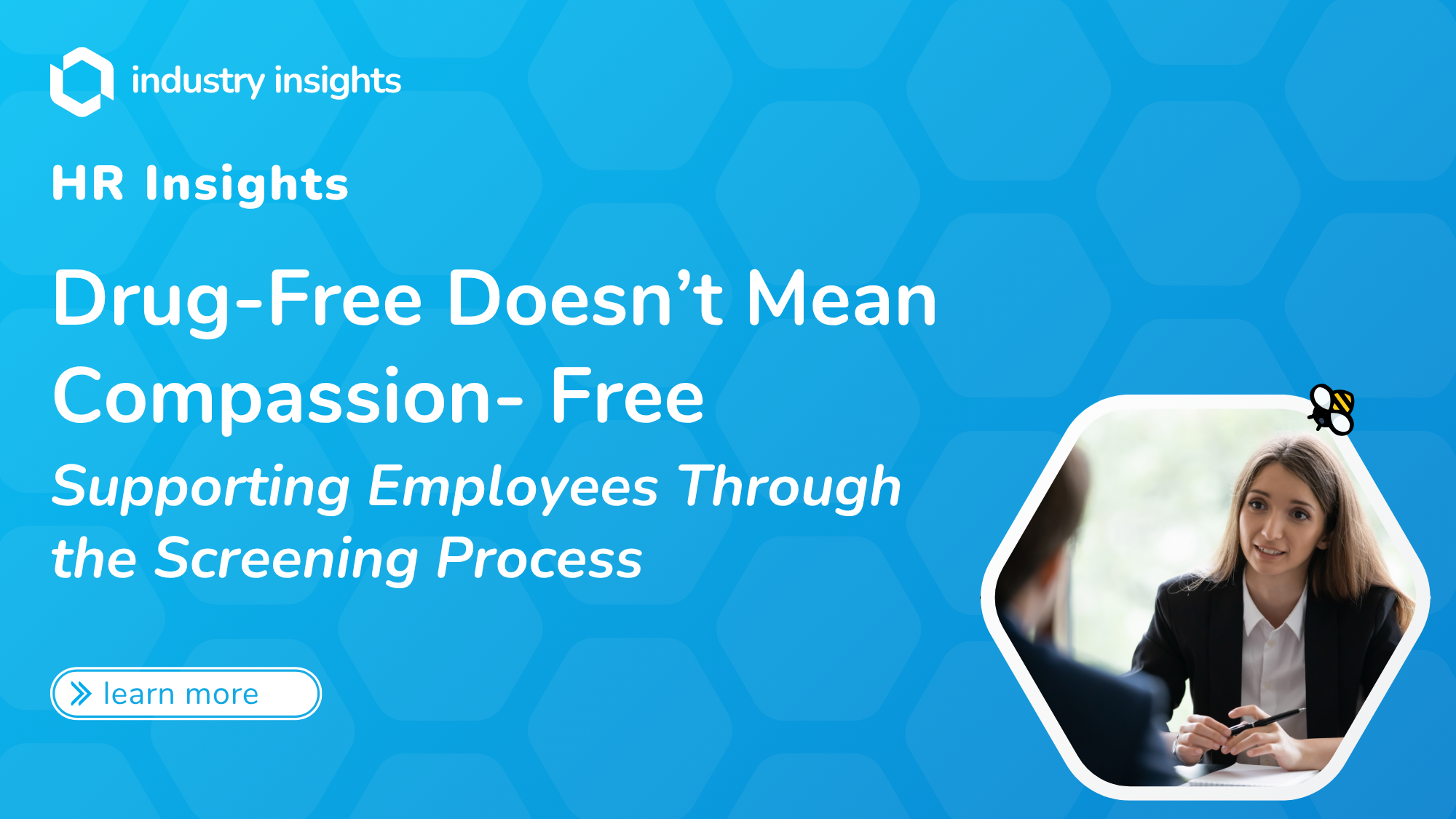A surprise OSHA inspection is no longer a “plant‑floor issue.” It is a real‑time test of your company’s resilience, brand trust, and enterprise value. Citations and the accompanying public press release can appear on OSHA’s searchable website within 24 hours, influencing customers, investors, and job candidates alike (OSHA, n.d.).
This brief translates OSHA’s latest enforcement trends (2024‑2025) into board‑level language so CEOs, CFOs, COOs, CHROs, and other senior leaders can gauge the full strategic, financial, and reputational stakes—then act decisively before, during, and after the inspector arrives.

Why Surprise Inspections Land on the C-Suite Agenda
OSHA inspections are no longer low-profile events – they’re high-visibility enterprise risks. While the traditional priority ladder still guides enforcement, expanded emphasis programs and evolving worker rights are broadening the agency’s reach and impact. From the surge in programmed inspections under the Warehousing NEP to the social media implications of the Worker Walkaround Rule, today’s inspections unfold under a much brighter spotlight. Add political scrutiny and media interest to the mix, and it’s clear: compliance is now a public performance. For boards and executive teams, that means treating OSHA activity not as a back-office issue – but as a core element of ESG, brand protection, and risk management strategy.
Priority ladder remains, but emphasis programs expand reach: Beyond imminent‑danger and fatality investigations, OSHA’s National Emphasis Program (NEP) on Warehousing and Distribution has added thousands of programmed inspections since July 2023 (OSHA, 2023).
Worker‑driven transparency: The 2024 Worker Walkaround Rule lets employees invite an outside advocate (e.g., union official, industrial hygienist) to accompany the inspector, increasing the odds that photos and comments surface on social media in real time (OSHA, 2024).
Political spotlight: Lawmakers have begun probing tip‑offs that dilute the “surprise” element, underscoring the inspection’s visibility in Washington and the press (The Guardian, 2024).
Board takeaway: OSHA enforcement is riding the same transparency wave that shapes ESG ratings and supply‑chain due‑diligence audits. Treat it as a foreseeable enterprise risk – not an operational footnote.
Financial Exposure Extends Far Beyond the Fine
The fine is just the beginning. OSHA penalties may grab headlines with their dollar amounts, but the real financial hit often comes from what follows – legal battles, operational downtime, lost contracts, and rising insurance costs. Here’s how the direct and indirect impacts stack up in 2025, and why smart organizations calculate the full cost of non-compliance before it hits their balance sheet:

Sources: OSHA 2025 civil‑penalty memo (OSHA, 2025); Association of Corporate Counsel guidance on collateral litigation & contract impacts (ACC, 2017).
* Indirect multipliers vary by sector and supply‑chain clauses.
Inspection Timeline – Key C-Suite Decision Points
Top OSHA citations aren’t just compliance issues – they’re culture signals. Fall protection, hazard communication, and lockout/tag-out continue to top the list in FY 2024, but what’s behind those violations often points to something deeper: gaps in training, communication, and employee engagement. Studies show that organizations with strong safety cultures not only face fewer fines – they also outperform financially. And with employee experience now tied directly to customer loyalty and revenue growth, safety lapses should be seen as early warnings, not isolated events. For CXOs, the message is clear: frontline safety and customer sentiment are more connected than ever.

Culture & Reputation: Safety Is a Performance Driver
Safety isn’t just a compliance checkbox – it’s a business performance driver. Leading voices like Harvard Business Review are redefining workplace safety as a core metric tied to loyalty, profitability, and brand strength. Research confirms what high-performing companies already know: a strong safety culture boosts everything from return on assets to talent retention. And in a world of ESG scorecards, searchable OSHA records, and investor scrutiny, your safety performance speaks volumes – to lenders, insurers, and customers alike. Here’s why culture and reputation now belong in every safety strategy discussion:
- Harvard Business Review (2024) calls safety “a core performance metric, not a compliance cost,” linking robust safety cultures to higher customer loyalty and margins (Harvard Business Review, 2024).
- Peer‑reviewed research shows positive correlations between safety performance and financial outcomes – in some cases boosting ROA by two percentage points (Vega-Morales and Munoz-LaFUente, 2023). Companies with above‑average safety records attract and retain talent at lower cost, a factor now tracked by investors and rating agencies within ESG scorecards (BLR, 2023).
Leadership signal: Your OSHA record is searchable – and comparable. It increasingly influences lender terms, insurer premiums, and large‑customer RFP screens.
Top Compliance Gaps Still Trigger the Majority of Citations
The most cited violations aren’t obscure—they’re obvious. Year after year, OSHA’s “Top 10” list is dominated by the same foundational issues: fall protection, hazard communication, lockout/tag-out, and more. The consistency is telling – and troubling. When basic requirements go unmet, it signals deeper problems like outdated policies, ineffective training, or audit fatigue. Regulators see it. So do investors and legal teams. These gaps don’t just invite citations – they raise red flags about organizational oversight and accountability.
Below is a snapshot of the top 10 violations for FY 2024 – aka your compliance cheat sheet (OSHA, 2024):
- Fall protection – 29 CFR 1926.501
- Hazard communication – 1910.1200
- Lockout/Tag‑out – 1910.147
- Ladders – 1926.1053
- Respiratory protection – 1910.134
- Powered industrial trucks – 1910.178
- Fall‑protection training – 1926.503
- Scaffolding – 1926.451
- Eye/face protection – 1926.102
- Machine guarding – 1910.212
Preventive tip: Use this list as an internal audit checklist at least quarterly.
Five C‑Suite Actions to De‑Risk a Surprise Visit
A surprise OSHA inspection shouldn’t derail your operations – or your reputation. For today’s executive teams, workplace safety isn’t just an operational concern – it’s a boardroom imperative. The smartest organizations treat inspections like any other enterprise risk, with C-suite engagement, cross-functional drills, and strategic planning baked in. From integrating safety KPIs into dashboards to aligning bonuses with prevention metrics, here are five high-impact actions leadership can take to de-risk the unexpected and demonstrate a culture of accountability from the top down:
- Link Safety KPIs to Enterprise Dashboards: Quarterly board packs should show TRIR, near‑miss trends, and corrective‑action closure alongside financial metrics.
- Run Annual “Mock Inspections”: Treat them like cyber‑table‑tops: test data retrieval, front‑desk scripts, and crisis‑comms speed.
- Integrate OSHA Data in ESG Reporting: Proactively publish safety performance to pre‑empt negative narratives if a citation becomes public.
- Budget for Rapid Abatement: Establish a contingency fund so fixes do not rely on emergency capital requests.
- Align Incentives: Tie a portion of executive and plant‑leader bonuses to leading safety indicators, reinforcing culture at the top.
Conclusion
An unannounced OSHA visit is a live‑fire audit of operational excellence, brand integrity, and governance credibility. C‑suite executives who treat safety performance with the same rigor as financial controls transform inspections from high‑risk events into proof points of organizational resilience – and turn potential headlines into non‑events.
Download the Whitepaper
Sources
- Association of Corporate Counsel. (2017, Dec 14). Evaluating the full financial impact of an OSHA citation is key to determining whether and how to contest. https://www.acc.com/resource-library/evaluating-full-financial-impact-osha-citation-key-determining-whether-and-how
- Harvard Business Review. (2024, Sept‑Oct). Safety should be a performance driver. https://hbr.org/2024/09/safety-should-be-a-performance-driver
- Occupational Safety and Health Administration. (2025, January 7). 2025 annual adjustments to OSHA civil penalties. https://www.osha.gov/memos/2025-01-07/2025-annual-adjustments-osha-civil-penalties
- Occupational Safety and Health Administration. (2024, April 1). Worker walkaround representative designation process: Final rule. https://www.osha.gov/laws-regs/federalregister/2024-04-01
- Occupational Safety and Health Administration. (2024). Top 10 most frequently cited standards, FY 2024. https://www.osha.gov/top10citedstandards/
- Occupational Safety and Health Administration. (2023, June 14). National Emphasis Program on warehousing and distribution center operations (CPL 03‑00‑026). https://www.osha.gov/sites/default/files/enforcement/directives/CPL_03-00-026.pdf
- Occupational Safety and Health Administration. (n.d.). Inspection search results—IMIS database. https://www.osha.gov/ords/imis/establishment.html
- The Guardian. (2024, Aug 20). Democrats alarmed at alleged warnings to employers of “surprise inspections.” https://www.theguardian.com/business/article/2024/aug/20/house-democrats-osha-inquiry-tip-offs
- Vega‑Morales, R., & Muñoz‑LaFuente, J. (2023). Safety culture, safety performance and financial performance: A meta‑analysis. Safety Science, 162, 106036. https://www.sciencedirect.com/science/article/pii/S092575352300351X
- BLR. (2023, Oct 2). The link between safety and financial performance. https://blr.com/resources/the-link-between-safety-and-financial-performance/




